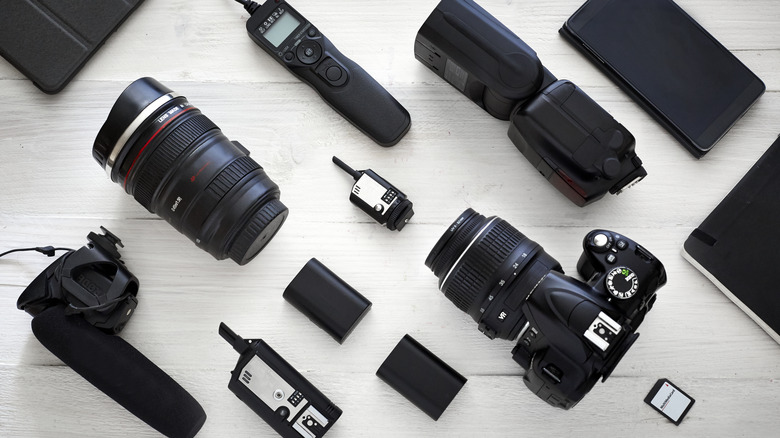
Joekhourystudio/Getty Images
Once upon a time, the film industry did cameras and the telephone company did phones. However, with the lines blurred between the markets and technology on a steady rise for decades, the choices are many, and it can be hard to discern the best cameras and brands from the worst. What’s worth the money, and what is industry noise for the latest and greatest product that may not be for you?
In the hands of a master, any of the following accessories can have a positive impact. Still, for amateur photographers looking to get the basics of capturing images, forgoing some pieces of gear may have unseen benefits in mastering the fundamentals of photography before moving on to the gear.
Carrying around the wrong accessories can mean fewer opportunities to snap that shot before it passes. On long urban excursions, carrying equipment around can be fatiguing and with little benefit. Check out which gear you can ditch until you’ve got the fundamentals down.
90-degree spy lens
This bizarre product uses a mirror and a gap in the telephoto lens to capture a photograph of something at a 90-degree angle from where the body of the camera is pointing. In other words, capturing unsuspecting subjects in action is the primary mission of this unusual product.
Candid photographs have their place, as they are great representations of a moment in time and make up some of the most iconic shots in history. However, buying a specific piece of equipment to capture unsuspecting subjects — or victims — has creepy undertones.
The only practical application of this product that does not involve stealing government secrets would be taking a photo of something unseen around a corner — but how often does that situation come up? There are a thousand photography products that will actually improve the final product before we add the 90-degree Spy Lens to our camera bag.
iPhone telephoto lens
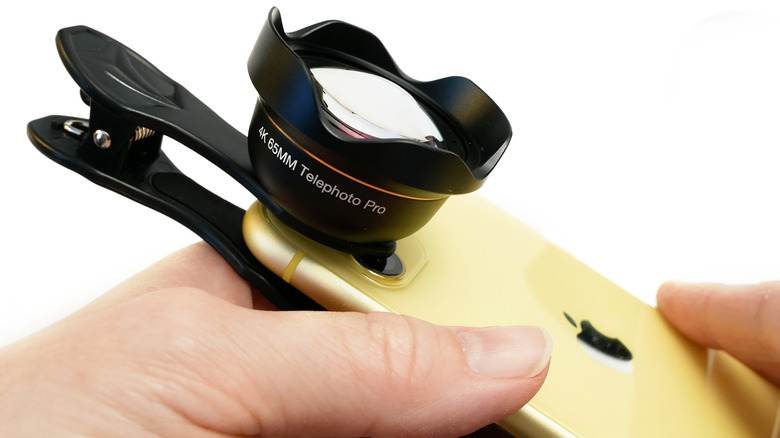
LanKS/Shutterstock
With the rise of the iPhone, Apple essentially gave birth to hundreds of sub-markets for everything from decorative cases to portable charging cases. These products range between critical to borderline unusable. The iPhone telephoto lens might not fall into the category of useless — but it defeats the purpose of the convenience of the iPhone’s already excellent cameras.
The telephoto lens is clunky, unwieldy, and, when attached to a phone or tablet, prevents the simple stowage that comes along with such a sleek device. Plus, it carries the additional detriment of being awkward to look at and wield. Like Aunt Tilly getting closeup shots of your wedding vows with her iPad levels of awkwardness.
Don’t get us wrong, some of these lenses are high-quality and superior to the digital zoom found in the iPhone, but they offer little in the way of convenience that a DSLR wouldn’t or couldn’t do better.
Photograph filters
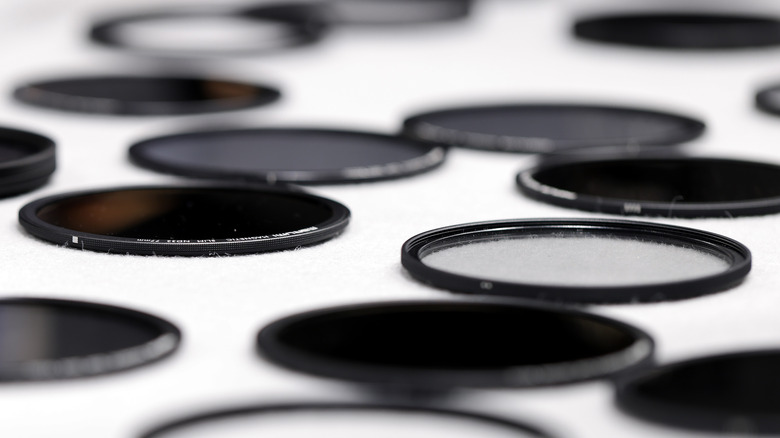
Bloomberg/Getty Images
Photograph filters have been a quintessential part of the modern photography experience long before Instagram made digital filters feel trendy. Now, the market is flooded with digital and physical filters for all manner of photography. Still, the truth is that applying filters to a photo through editing or built-in apps can be a process as complex and wide-ranging as photography itself.
Photographic filters are fun to play with, but one thing they cannot do is to make a fundamentally lousy photograph into a good one. Of course, physical filters have the added benefit of protecting the lens from scratches — many are simply clear plastic with no filtering qualities. Picking one up as an extra safeguard against lens damage could provide valuable insurance against a mishap with an expensive lens.
For the expert photographer, filters offer many options for altering the photo’s mood. Still, a burgeoning artist would be better suited to practice the fundamentals of composition, mastering lighting, and understanding the myriad functions of their camera before opening their wallet for a filter.
A bulky DSLR
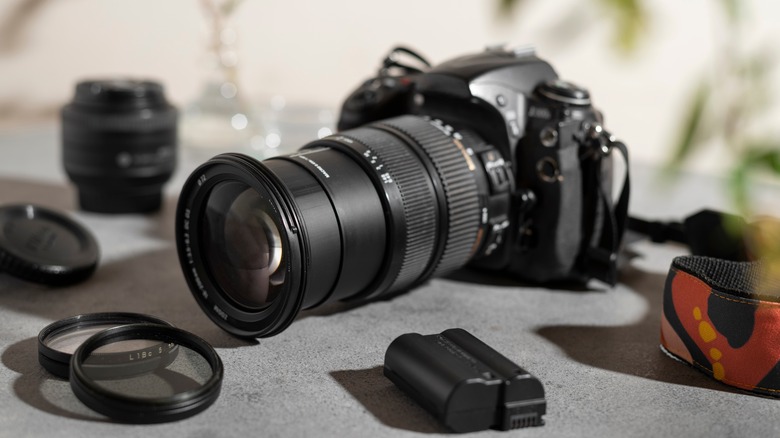
matthewjohn5539/Shutterstock
Don’t raise the pitchforks, but the Digital Age has placed a master’s array of tools in the hands of amateurs, producing a bloom of quality images from nothing more than what we already carry.
Remember the slim digitals that topped each other year-by-year and month-by-month in the early 2000s? They’re long gone, leaving no doubt the rise of the smartphone has disrupted the traditional camera industry. A wider gap on the spectrum remains, with ultra-convenient and feature-rich phone cameras in every purse and pocket. In contrast, new technology and the deep customization of DSLR cameras represent the latest in imaging technology.
For the discerning influencer traveling light, the weight and expense of a DSLR creates more problems than opportunities, including sweat rings and strap tan lines from clambering up a mountain or hiking Machu Picchu while balancing an awkward camera in one hand and trying to keep that fantastic telephoto lens from head-butting a statue.
Phone cameras are the ultimate convenience and more than enough for the majority of casual photography. if your work requires the bulk and versatility of a DSLR and its many benefits, check out our guide to essential camera accessories every photographer should own. Still, you need to consider what type of photography you plan on doing before you shell out for a DSLR — you may not need one.
External flash rigs
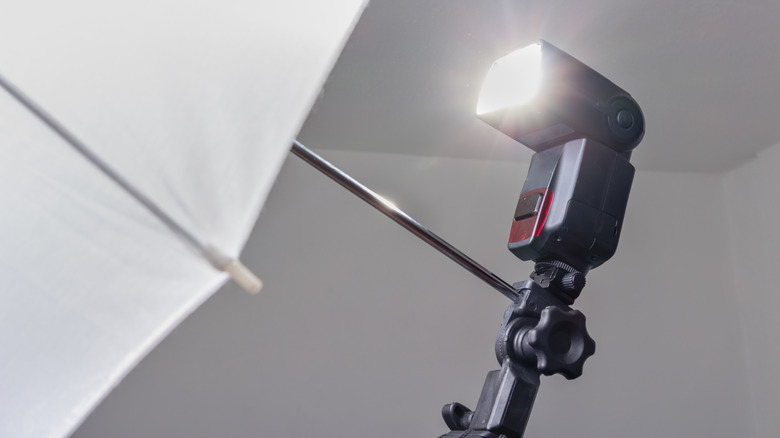
Vinicios Ferreira/Getty Images
Photography is essentially the process of capturing light and saving it in reproducible form. The majority of settings in any given camera revolve around how much light is making its way to the camera’s sensor at any given time. Professional and studio photographers engage a legion of flash gear to produce the exact light settings they desire, but external flash rigs can be bulky, expensive, and unnecessary bits of equipment for many photographers.
Cameras, be they digital or film, essentially work by capturing and recording light. Mastering this facet of photography is a subject that could (and does) fill thousands of books on photography. However, the truth is a photographer can get incredible results just with the available natural light combined with their camera’s built-in flash.
External flash rigs are not without merit — they provide intermediate and advanced photographers with options in their studios, but they tend to be large, clunky, and fragile, leaving the majority of photographers happy without the extra hassle.
Selfie stick
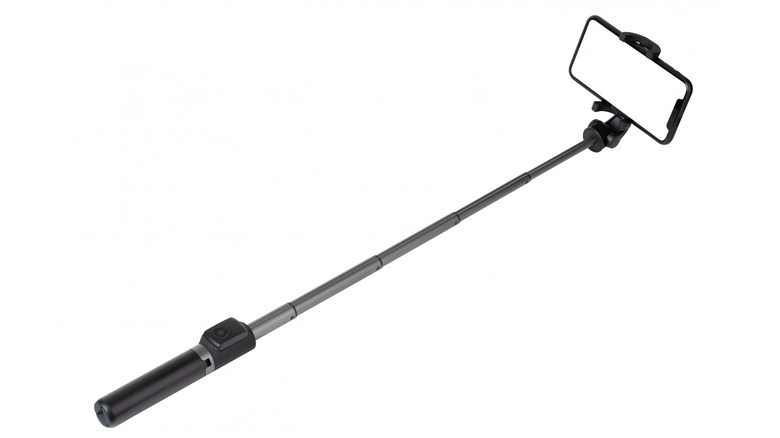
Sergey Eremin/Shutterstock
Of all the products spawned by the rise of the camera phone, the selfie stick is the most navel-gazing. We’ve all seen them — tourists or friends holding their phones six feet away on the edge of a flimsy, telescoping stick, trying to get the right angle of their own perfect visage.
They come in handy for grabbing angles of group shots, but outside of the influencer world, the selfie stick just isn’t worth the trouble. Aside from the fact that the world doesn’t need any more selfies — there are plenty of beautiful things to capture by turning your camera away from your own face — selfie sticks have become a bit of a byword for self-obsession. Barring specific circumstances, they just don’t add much to your photographic skills repertoire.
Aside from the fact that the world needs decidedly fewer selfies, carrying a stick around to capture them is a pain. Ask a friendly-looking stranger to get that shot of you and your significant other at Niagara Falls — they won’t mind, and the photo will probably be better anyway.
Cheap tripods
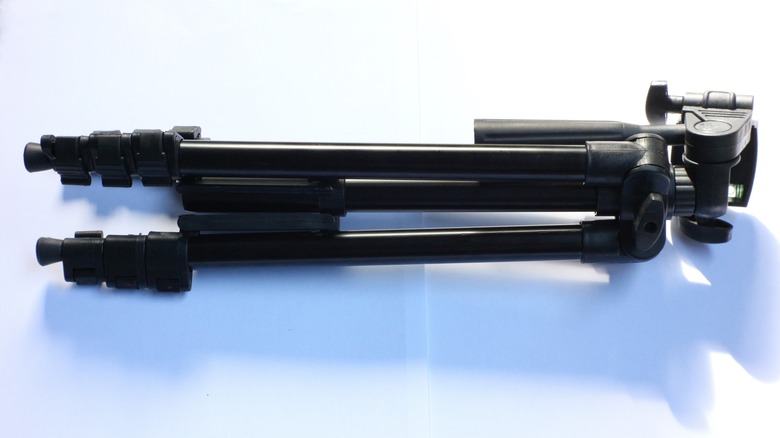
Fitrah Ridwan/Shutterstock
Tripods are incredible equipment that can be used in many ways, from setting up an image that includes yourself and your family to nighttime photography. In many ways, a tripod is a critical piece of kit that every photographer should have. Unfortunately, a cheaply constructed tripod will only burden a photographer with its cumbersome weight without adding to their ability to capture perfect snaps.
Nighttime and low-light photography can be tricky. Since a camera’s primary function is to capture and record light, things can get a little weird when there is not enough light to capture. So what can be done? Slowing down your DSLR’s shutter speed is the number one way to capture natural-looking low-light photographs. The shutter remaining open longer allows more light into the camera with the drawback of blurring photos that aren’t taken from stock-still positions. A reliable tripod is essential for keeping your camera still in these situations.
Check the construction of your tripod before purchasing. Those that feel flimsy or come constructed with plastic screws or other parts cannot withstand even the press of the camera’s button without blurring the image. Low-light photographers, beware — the wrong tripod is worse than no tripod because you spend money to carry around a useless piece of equipment. A stable base from a reputable brand will hold your camera rock-steady and pointed where you want.
Dual harness
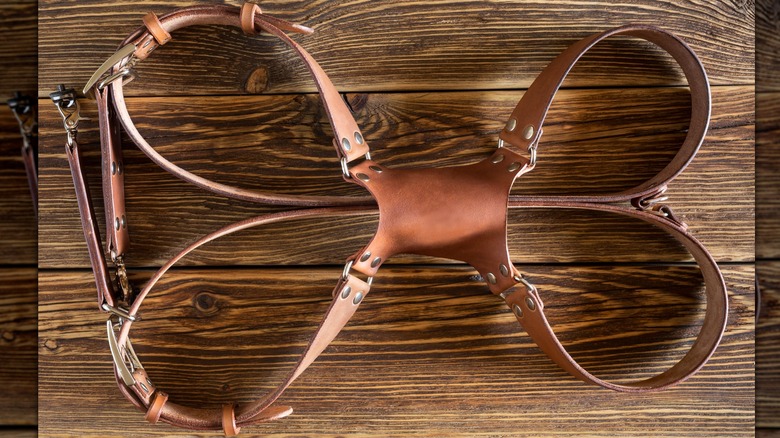
jonnyslav/Shutterstock
Don’t get us wrong — camera harnesses can come in handy. As opposed to neck straps, holsters on a harness allow for better hands-free use, reducing the possibility of knocking a swinging camera into something, and can be more comfortable than a single strap. Still, most photographers will find situations that require a dual harness to be few and far between.
Dual harnesses are best for those who need two entirely different camera setups for one gig. Wedding, fashion, news, and a few other professional photographers could benefit from grabbing candid shots at varying distances and lighting settings on short notice.
If you require multiple cameras with different setups at a moment’s notice, by all means, add the dual holster to your camera bag, but it’s a rare camera-slinger who has these requirements. Spending the money on a comfortable hand strap or a single-side harness is better. Unless you’re dying to look like an ’80s-era TV detective, then, by all means, spring for the dual.
Look lock system
Mount your camera on your camera to — use your camera? The Look Lock is a niche product, and it doesn’t have a practical application for most photographers. The Look Lock system can play anything on your phone while facing whatever is in front of your camera.
The purpose is to achieve a focused shot of a child or perhaps an animal who is looking directly at the camera for that perfect smiling shot — a challenge for many family photographers. The official Look Lock product listing on Tether Tools also implies an application for teleprompting a script read, which may come in handy for YouTubers or politicians but remains a consideration for specialty uses only.
The Look Lock system has limited applications that might have some utility for family photographs — but whatever happened to squeaking a rubber duck or making silly faces? The way kids’ programming pulls their attention guarantees your subject will at least be looking in the right direction, but dozens of products will improve photo quality before you get to the Look Lock system.
Lens hoods
Lens hoods reduce lens flare while offering additional protection to your lens, and they come in several sizes. The new photographer may want to set these aside as they work out the finer points of aperture and iso settings, as good fundamentals trump equipment every time. Still, you should be pretty deep in the photography game before you start getting picky with your lens hoods — although if you do end up purchasing an expensive lens, the hood is a good way to protect that investment.
If you are on the DSLR side of the photographer’s quandary, there can be a real temptation to pick up all the latest and greatest gear, but it’s impossible to buy it all. Perform a cost-benefit analysis when deciding what accouterments should find a permanent home in your camera bag. Does the accessory you’re considering address a specific problem? If so, does this problem occur frequently enough to spend money on, or will the fancy new equipment sink to the bottom of your bag only to surface a couple of times a year?
As in many disciplines, fancy equipment doesn’t necessarily translate to improved performance. It’s possible to spend thousands of dollars on gear without improving the quality of your shots by one iota. Make sure to evaluate your needs to determine which equipment is strictly necessary and which is just the latest fad.
[Featured image by Geni via Wikimedia Commons | Cropped and scaled | CC BY-SA 3.0]